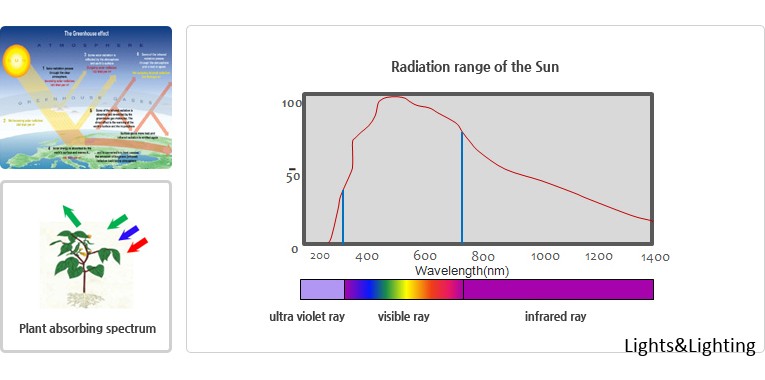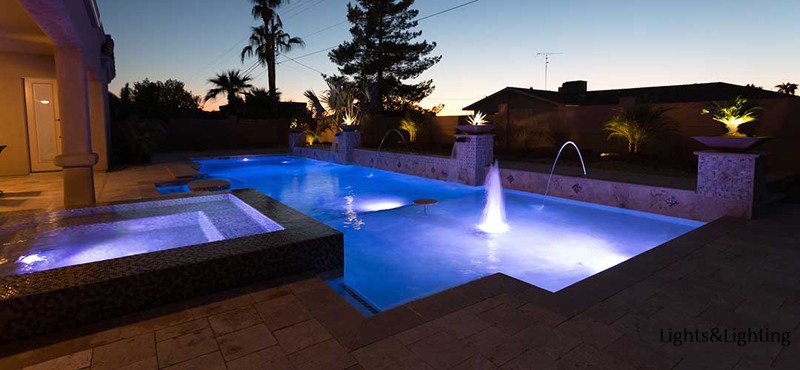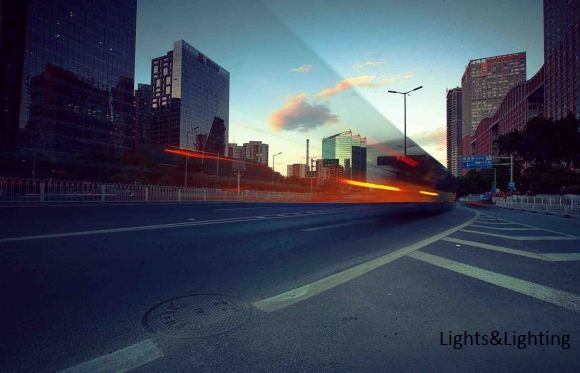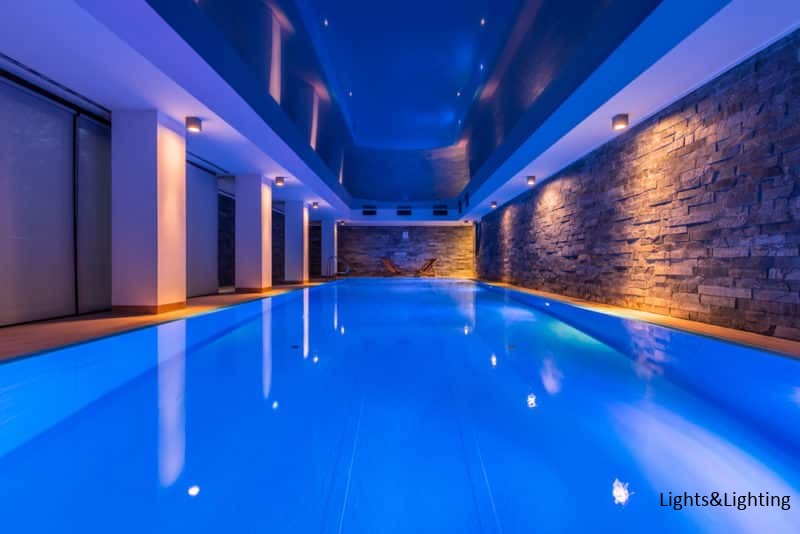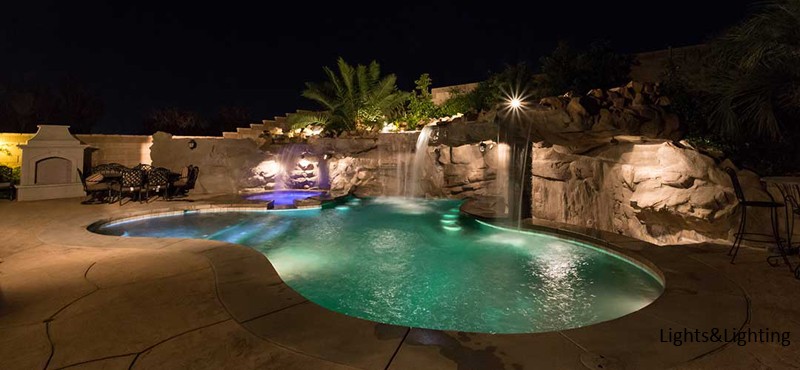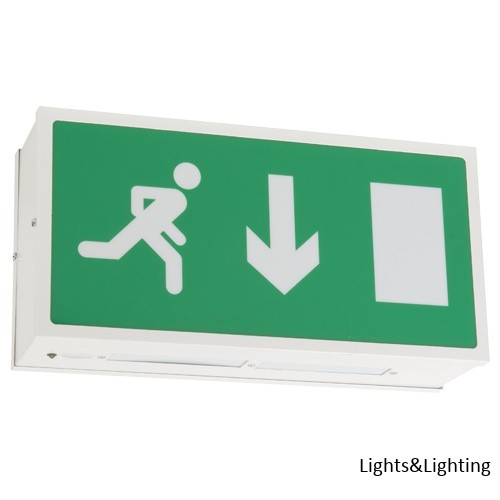Emergency light fixtures automatically switch on when power goes out and illuminate pathways toward exits. They can stay lit for at least 90 minutes to guide evacuations and allow first responders and maintenance staff to find their way when working within buildings during an outage. Also known as egress or bug-eye lights, they run on batteries or have a battery backup to operate independently of hardwired fixtures. Emergency light units must be installed and regularly tested in accordance with local safety codes. Mounting them at the recommended spacing provides coverage to meet code-specific illumination levels along the path of egress and eliminate dark spots without overlighting. General purpose emergency lights install in dry, nonhazardous locations. Wet location emergency lights withstand exposure to water.
General Purpose Emergency Lights
General purpose emergency lights automatically switch on when power goes out and illuminate pathways toward exits in dry, nonhazardous locations such as schools, offices, and commercial buildings. They can stay lit for at least 90 minutes to guide evacuations and allow first responders and maintenance staff to find their way when working within buildings during an outage. Also known as egress or bug-eye lights, they run on batteries or have a battery backup to operate independently of hardwired fixtures. Emergency light units must be installed and regularly tested in accordance with local safety codes. Mounting them at the recommended spacing provides coverage to meet code-specific illumination levels along the path of egress and eliminate dark spots without overlighting.
Plastic Emergency Lights
Plastic emergency lights won't rust and are lightweight to ease installation. They are a cost-effective alternative to steel in areas where local safety codes don't require steel housings and where fixtures won't be subject to impacts or abuse.
